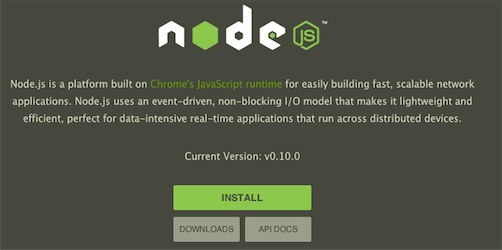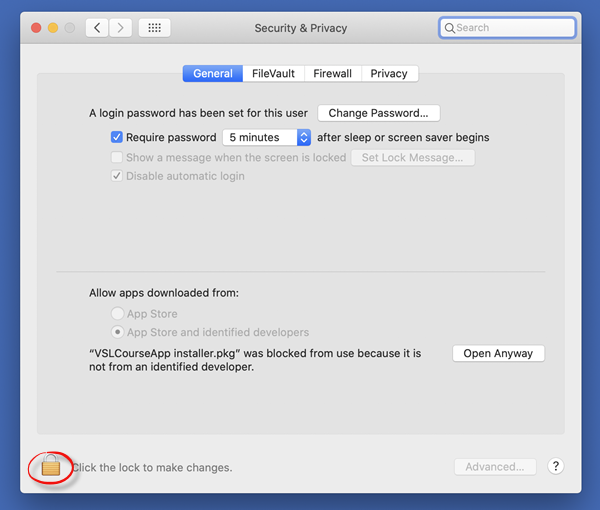

- #Uninstall pkg macos how to#
- #Uninstall pkg macos mac os x#
- #Uninstall pkg macos install#
- #Uninstall pkg macos free#
Output should be similar to: 'Requires: six, cffi'
#Uninstall pkg macos install#
If a package has been installed via a pip requirements file (i.e., pip install requirements.txt ), all of the packages in requirements.txt can be uninstalled with the following command:.Here are a couple of different procedures that can be used to uninstall dependencies.

Unfortunately, pip does not uninstall dependencies when you uninstall the original package. When you install a package with pip, it also installs all of the dependencies the package requires.
#Uninstall pkg macos how to#
How to Uninstall Package Dependencies with Pip To uninstall a package globally in Linux: Press Ctrl+Shift+Enter to gain Administration (Admin) privileges.

#Uninstall pkg macos free#
Once you are done reading, you can try the ActiveState Platform by signing up for a free account. Our dependency management system makes it possible to track conflicts between packages, know about platform-specific dependencies for Linux, MacOS & Windows, and even track system-level dependencies like C and C++ libraries. The AS Platform is unique in automatically installing and uninstalling transitive dependencies from PyPI, GitHub and other repositories. In this tutorial, we explain how to uninstall Python packages using these popular tools and we also introduce you to the ActiveState Platform. However, unless specifically defined in a requirements.txt or pipfile.lock (created using pip freeze), package managers will not deal with transitive dependencies (ie., dependencies of dependencies). All Python package management solutions provide the basic function of uninstalling packages, including pip, pipenv and the ActiveState Platform. You should delete all the Steinberg related.Now a finder window opens with information about the installed packages."(with a space between open and the dot and again without the quotation marks!) Type and press enter: "cd /private/var/db/receipts" (without the quotation marks!).Open Terminal.app (found in /Applications/Utilities).The receipts don't exist anymore, instead something like the receipts are stored in another place. pkg files related to that application on the following location:
#Uninstall pkg macos mac os x#
In that case, please follow these instructions: Mac OS X 10.5 or earlier In some cases, even after removing those files it could happen that the reinstallation of the product might fail. **These two folders only exist in case the product you have installed, also contains a sound library. While the menu is folded out, holding down the key (options) will show the 'Library' entry. Here is how to access it: In the menu bar of Mac OS X click on 'Go'. *Since Mac OS X 10.7 (Lion), the user's Library folder is hidden. System volume/Library/Application Support/Steinberg/Content/Halion/VST Sound/**.System volume/Library/Application Support/Steinberg/Content/VST Sound/**.System volume/Library/Application Support/Steinberg/.System volume/Library/Audio/Plug-ins/Components/.System volume/Library/Audio/Plug-ins/VST3/Steinberg/.System volume/Library/Audio/Plug-ins/VST/.System volume/Users//Library/Preferences/*.

This applies to our sequencers Cubase and Nuendo as well as to Steinberg VST plug-ins.Īll relevant files of the application that have to be deleted can be found in the following paths: On rare occasions, it might be necessary to uninstall and remove an application prior to a complete reinstallation.


 0 kommentar(er)
0 kommentar(er)
